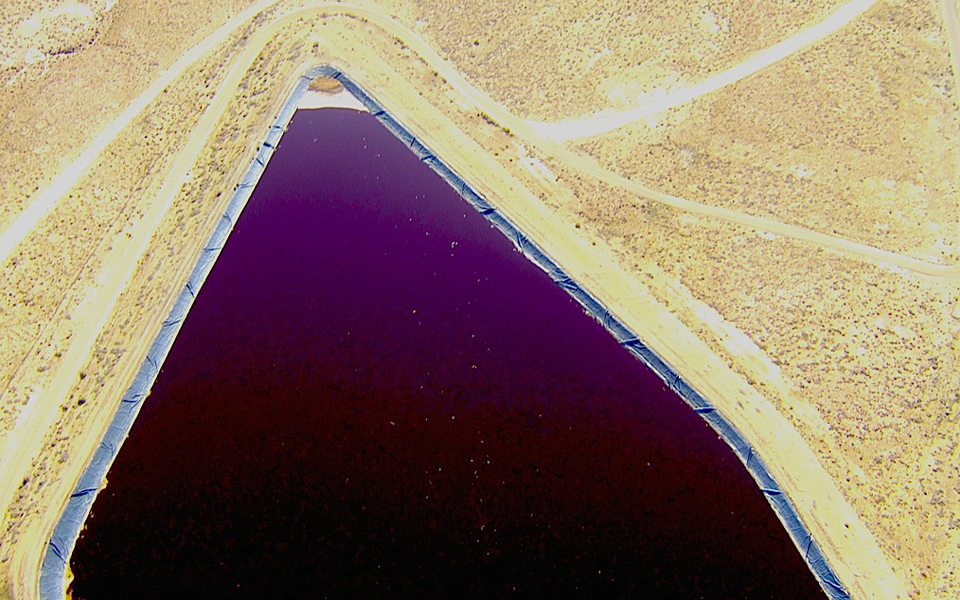
The Navajo Nation covers more than 26,000 square miles, extending into Arizona, New Mexico and Utah. From the late 1800s on, coal and uranium mining has left a lasting impact on the Navajo people and their lands. The extraction and mining of minerals such as coal, uranium and copper, has left the Southwest with an unstable and unsafe geology. Lands are significantly scarred by various forms of environmental contamination including radioactive plumes of groundwater, mine waste, and open mine portals which have been used by residents as livestock containments and enjoyed by families on camping vacations.
The uranium mined to develop the first atomic weapons for the Manhattan Project and WWII, and later harvested for the proliferation of the nation’s huge nuclear weapons stockpile, as well as the uranium mined for use in the nation’s many nuclear energy facilities, has burdened the U.S., and in particular, its First Nation peoples, with a legacy of radioactive waste and contamination.
Coal is extracted to produce electricity for the major cities of the Western United States, including Phoenix, Las Vegas and Los Angeles. These energy needs are serviced by three large coal strip mine operations within Navajo boundaries. They are the Navajo Mine near Farmington, NM; the P&M McKinley Mine near Window Rock, AZ; and the Blackmesa/Kayenta Mine near Kayenta, AZ. Overall they produce more than 18 million tons of coal per year.
Through 2009 and 2010, I worked with the Navajo Abandoned Mine Lands Reclamation program (AML) and the Uranium Mills Tailings Remediation Action (UMTRA) to document the legacy of coal, uranium, and copper on Navajo land. The research resulted in an indigenous account of the environment as experienced in collaboration with indigenous communities in the Four Corners area. I also worked with members of the Black Sheep Art Collective, New Energy Economy, Diné College of Environmental Studies, Mesalands College Wind Energy Research Center, the Center for Contemporary Arts Santa Fe, State government representatives, and other indigenous and New Mexico youth and individuals to document perceptions and attitudes toward the mineral extraction economy and its renewable energy initiatives.
The research was enabled through a media empowerment project entitled Going Green. By merging field research with digital media, collectively we explored the legacy of mineral extraction in the Southwest, and some of the ways in which motivated communities are active in reclamation, environmentally engaged advocacy, and direct action initiatives. Ex•tract is a partial representation of the research conducted during this time.
Lea Rekow
Lead researcher/practitioner